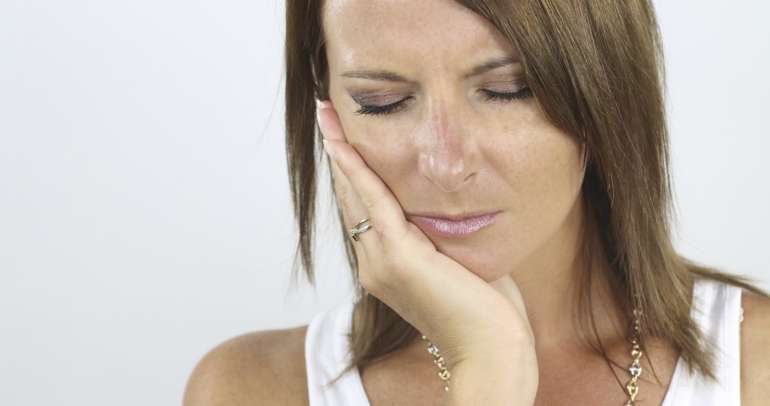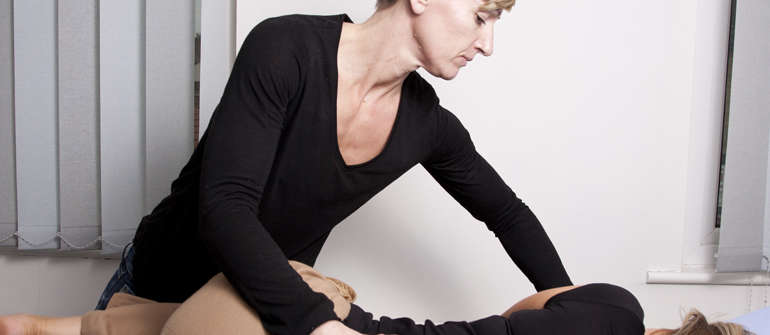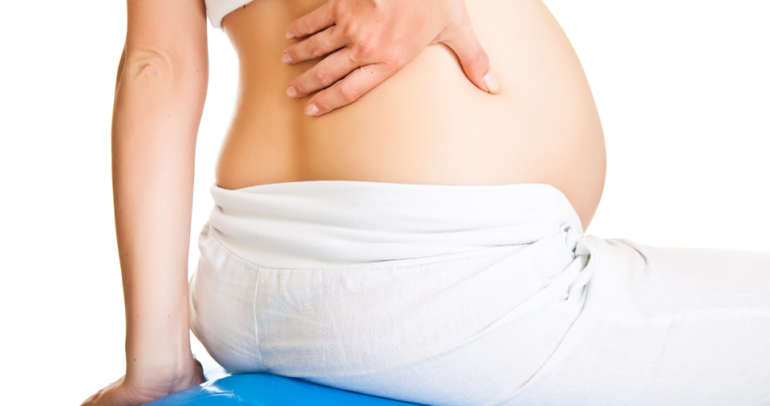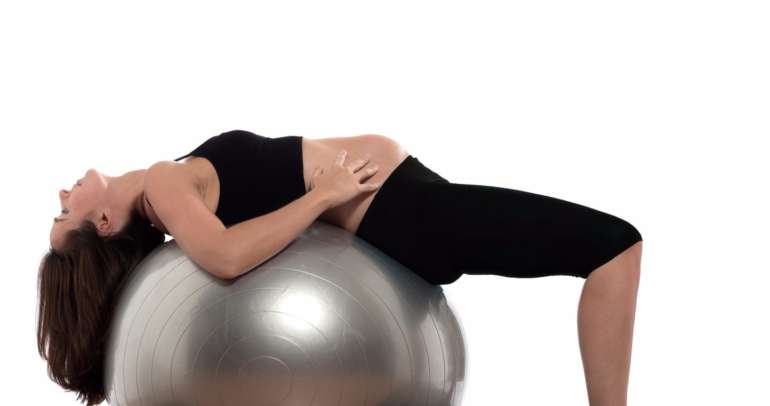Temporomandibular joint disorders (TMJ) involve the major jaw structures in the head that are responsible for motion, most specifically the lower and upper parts of the jaw (mandible and mandibular fossa of the temporal bone). Symptoms of temporomandibular joint disorders involve: pain in the jaw, aches and pains in and around the ear, a locking jaw and difficulty chewing. All…







